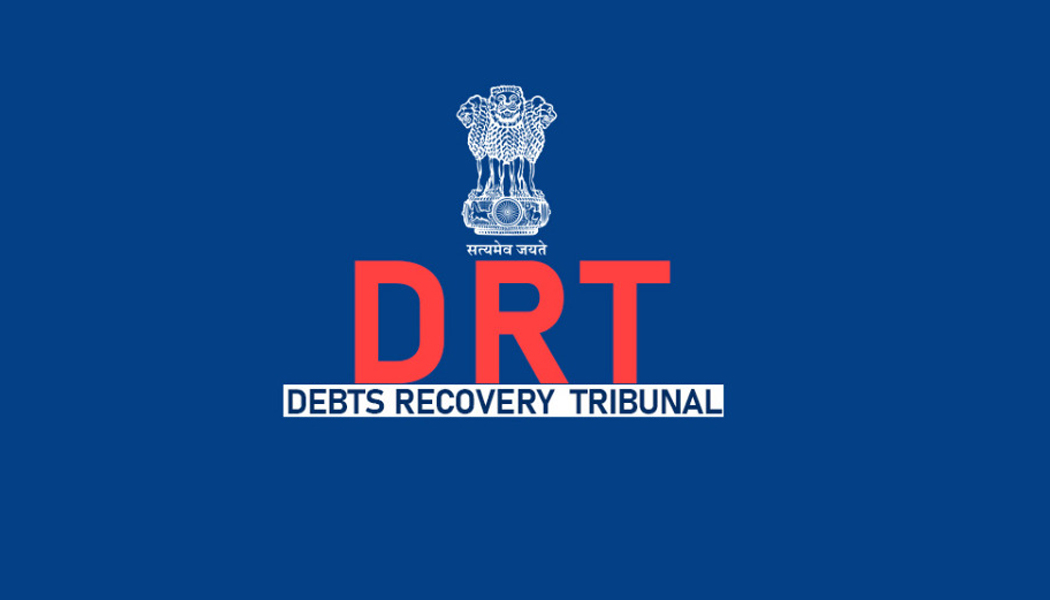
What is the time limit for DRT to complete the process?
The time limitation is a maximum period of four months from the date of making such SA. Pertinently, the DRT is required to record its reasons in writing for extending the such period. When an application is made under the normal application route, then the time frame to complete the case is 180 days. However, if the application is made to the DRT under the SARFAESI Act, then the cases are needed to be disposed off within 60 days to 4 months. If the time duration gets exceeded then under 16 of the SARFAESI Act, either party can appeal to DRAT to direct the DRT to dispose of the pending application. Under 19(4), the application made to a DRT warrants summons to be issued to the defendant to show cause within 30 days as to why the prayed relief should not be granted. The defendant must turn in a written submission, for which extra time can be granted by the Tribunal. A defendant can also file a counter-claim against the complainant with respect to the alleged sum of money, but only in the first hearing, except also in cases where the Tribunal explicitly grants such permission.
The time taken to complete a DRT case can vary significantly based on a range of factors, including the complexity of the case, the workload of the tribunal, the availability of evidence and witnesses, legal arguments presented, and the efficiency of the legal system in a particular jurisdiction.
However, there have been efforts to expedite the debt recovery process and reduce delays. Some key points to consider regarding the time frame for DRT cases are as follows:
- Efforts to Expedite Cases: In recent years, there have been initiatives to expedite the resolution of DRT cases. The Recovery of Debts Due to Banks and Financial Institutions Act, 1993, which established DRTs, aims to provide a speedier and more efficient process for debt recovery compared to traditional civil courts.
- Initial Stages: The initial stages of a DRT case involve the submission of applications, notices, and pleadings by the parties involved. These steps might occur relatively quickly, but the actual hearing process and subsequent stages can take longer.
- Hearing Schedule: The schedule of hearings can depend on the availability of the tribunal, the parties, and witnesses. DRTs often deal with a significant workload, and scheduling can be influenced by factors such as the number of cases being heard, the complexity of cases, and the frequency of hearings.
- Witnesses and Evidence: The time required to present witnesses and evidence can impact the duration of the case. If there are delays in presenting or cross-examining witnesses, it can extend the timeline.
- Judgment and Enforcement: After the conclusion of hearings, the DRT needs to consider the arguments presented and issue a judgment. The time taken for this can vary. Additionally, if the judgment is in favor of the applicant, there might be further steps required for enforcement, which can also take time.
- Appeals and Higher Courts: If either party is dissatisfied with the DRT’s decision, they can appeal to the Debt Recovery Appellate Tribunal (DRAT) and, subsequently, to higher courts. The appeal process can extend the overall timeline of the case.
- Changes and Reforms: Legal systems and processes can change over time. There might be changes in legislation, regulations, or procedural rules that can impact the time frame for DRT cases.
It’s important to understand that while efforts are made to expedite cases, the time frame for a DRT case to be fully resolved can vary widely. It’s advisable to consult with a legal professional familiar with the current practices and procedures in your jurisdiction to get a more accurate assessment of the expected timeline for your specific case.
For the most up-to-date and accurate information, I recommend consulting a legal expert or DRT lawyer in Indore or checking with the relevant authorities as my knowledge is based on information available to me till date.
